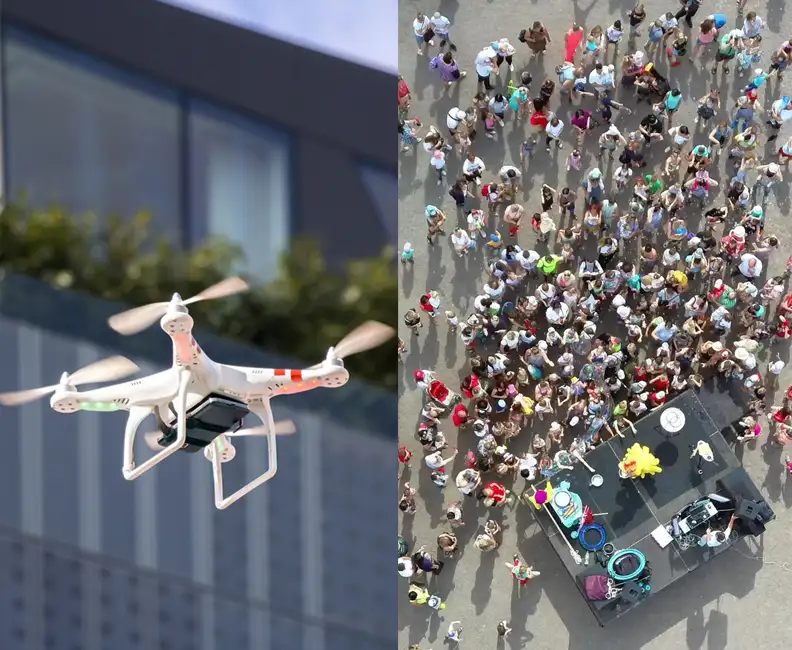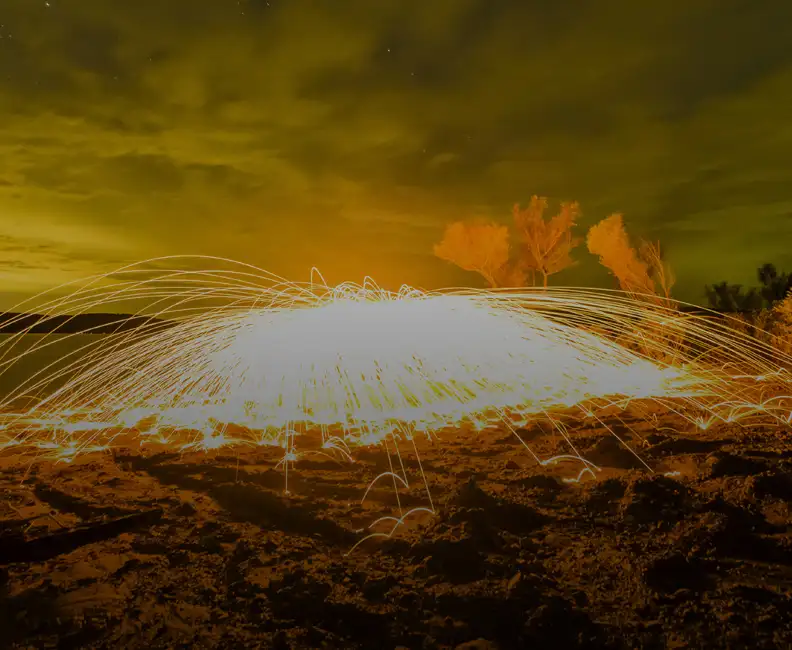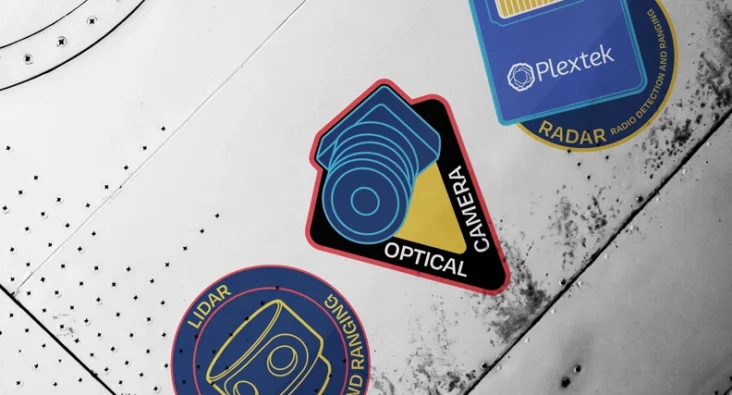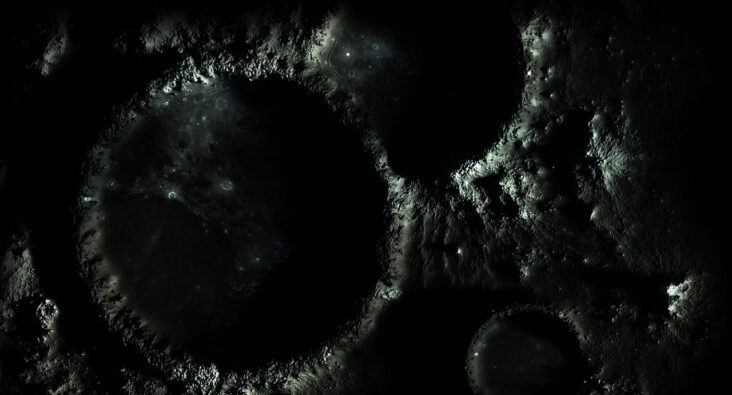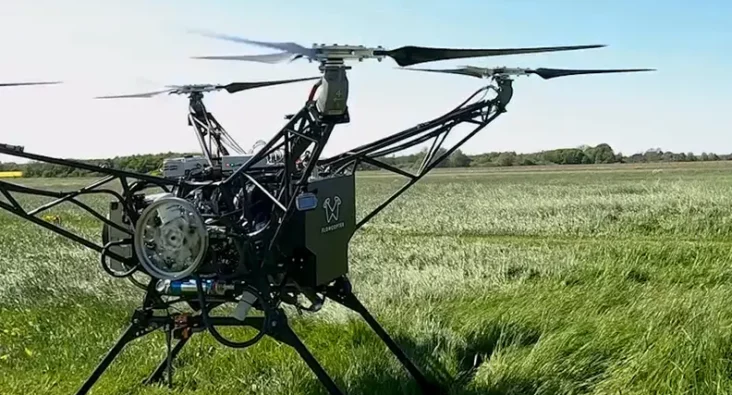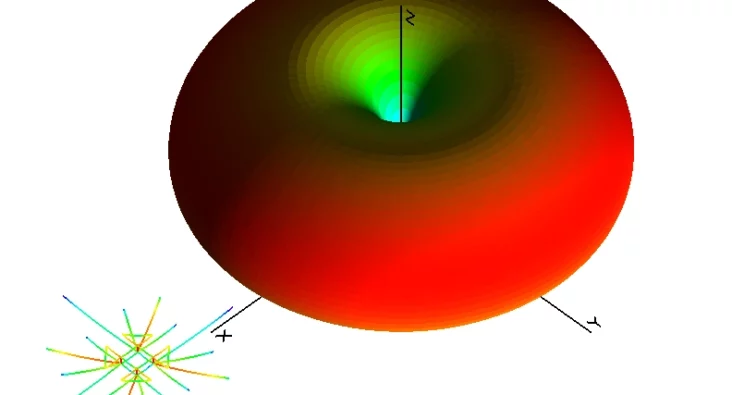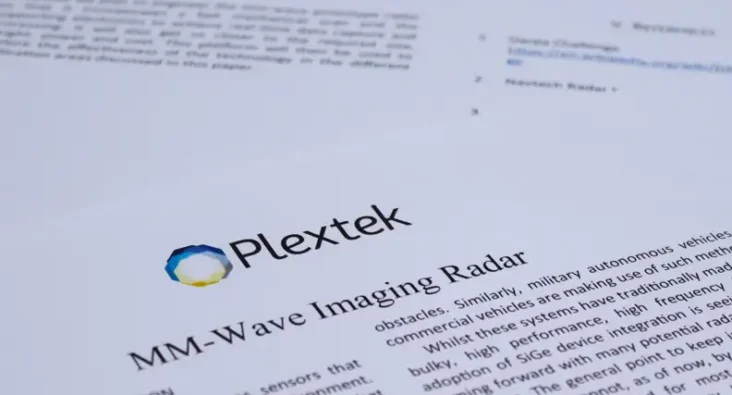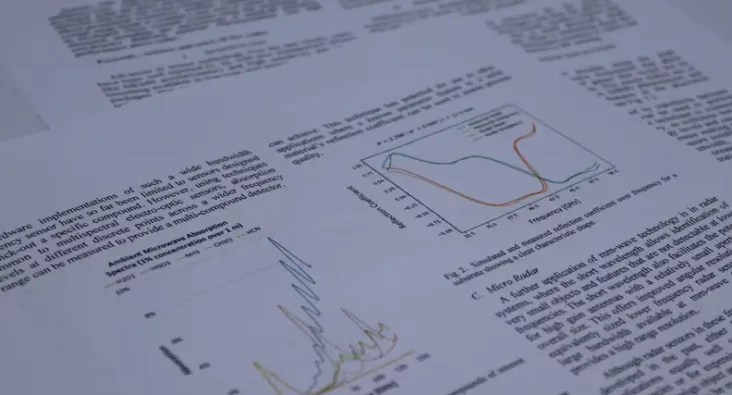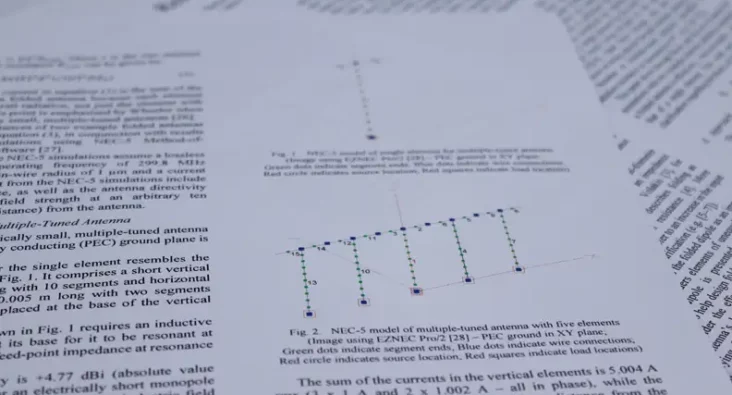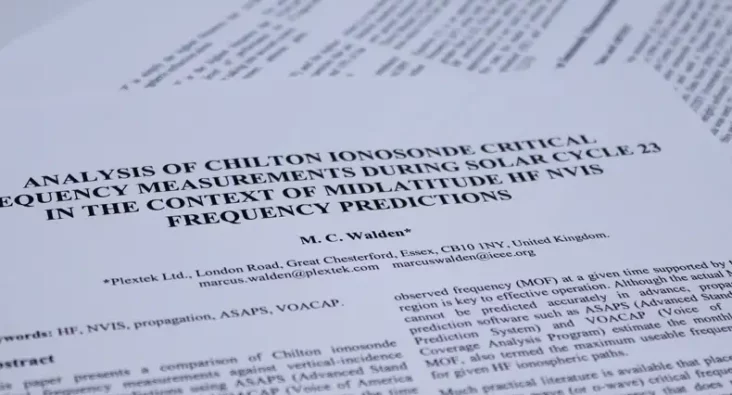Revolutionising chronic pain management
An interview with Dr James Henderson on the Remedee Labs project
Chronic pain, a condition that affects millions around the globe, is often challenging to treat effectively. To give access to the innovative solutions being developed to tackle this issue, we interviewed James Henderson, Lead Consultant at Plextek. He reveals the intricacies and outcomes of a project aimed at managing chronic pain undertaken for Remedee Labs.
What was the initial problem that led to the development of the solution with Remedee Labs?
Remedee Labs came to us with an existing antenna design, developed by another institution, that that had potential for further performance improvement and optimisation and required a thorough review evaluation. Essentially, their innovative product stimulates the release of endorphins using a 60 GHz mmWave signal into the top layer of the skin, targeting specific receptors to assist the body’s natural pain management. Our objective was to ensure that this signal was transmitted into the skin from an integrated antenna efficiently and with an even signal distribution across the skin’s surface.
What are millimetre-wave signals, and why are they important in this context?
Millimetre-wave signals are electromagnetic waves where their wavelength is measured in millimetres, a frequency range between 30 and 300 GHz which is typically higher than most commercial products operating in the radio spectrum. These signals are particularly useful for their ability to interact with biological tissues in a non-invasive manner. For Remedee’s project, the goal was to use these signals to stimulate pain receptors without the need for medication or invasive procedures.
Could you explain what the key challenges were with the initial design?
During the assessment of the initial design developed for Remedee, it was identified that the signal distribution wasn’t as uniform as needed for effective and consistent treatment due to signal cancellation occurring within the product causing a large signal variation. This meant that some sections of the target area might receive too much or too little signal, potentially affecting the device’s ability to manage pain. It was crucial to improve the design to ensure the signal could be dispersed in an even manner across the skin.
How did Plextek approach these challenges, and what considerations were vital during development?
Our approach involved a thorough examination by our engineering team of the antenna design, which plays a critical role in emitting the mmWave signal. One specific area we looked at was the antenna’s integration with Remedee’s own ASIC, or application-specific integrated circuit, which generates the mmWave signal. It’s important that these two components are well matched to operate effectively together; otherwise, the signal will be reflected back towards the ASIC rather than transmitted efficiently into the skin. Whilst the initial design provided minimal reflection, we found that poor efficiency within the signal distribution network limited the amount of signal radiated.
Please explain the concept of reflection in the context of antenna design.
In an antenna the reflection refers to the signal that is reflected back towards the source, rather than being transmitted by the antenna as intended. However, a well-matched antenna, which does not reflect much signal, does necessarily radiate the signal; this was the case with the existing design. Mismatch occurs when there’s a difference in impedance between the antenna and the circuit driving it. An analogy could be looking through a window into a dark room where you will just your reflection. However, just because you don’t see your reflection when looking at a brick wall, it does not mean you can see through it! Therefore, for best efficiency, it’s essential that the antenna and its circuitry are well matched to avoid losing the reflected signal power as well as minimising signal losses within the antenna structure.
How long did the project take, and what were the phases involved?
We worked on the project for approximately a year over a two-year period, with each development phase taking about two to three months. We structured the project in phases to manage complexities effectively and provide the client time to fully evaluate our work as they prepared for medical trials.
Were there any tangible outcomes in terms of performance improvements or cost savings for Remedee Labs?
Certainly. As well as enhancing the efficiency of the antenna design and uniformity of the signal distribution, Remedee Labs was keen to identify potential cost savings in fabrication. This is a critical factor, especially with mmWave circuits which often require expensive processes and materials to retain the signal integrity. In such circuits, the antenna is not a separate entity but is rather integrated with the printed circuit board that also houses the electronic components, such as the ASIC and power supply. By exploring different fabrication processes, we were able to reduce production costs without compromising on the efficiency of the device; this is often challenging at mmWave frequencies but something we specialise in.
What professional reflections do you have on the project’s impact?
The knowledge that our work contributed towards helping individuals manage chronic pain more efficiently is immensely fulfilling. It’s a significant milestone in the field of health technology and serves as a testament to the positive impact that engineering can have on healthtech solutions.
Notes on the future
James Henderson’s narrative provides a fascinating glimpse into how Plextek’s engineering and technology merge to offer solutions to critical health problems like chronic pain. Plextek’s work with Remedee Labs demonstrates the promising applications of mmWave technology in the healthcare and medtech sector, potentially bringing a new era of non-invasive, cost-effective pain management treatments.
Downloads
View All Downloads- Mobile Base-Station Radio Unit Design Challenges
- Sensing in space
- Intro to Plextek
- Plextek – Your complete end-to-end solution
- PLX-T60 Configurable mmWave Radar Module
- PLX-U16 Ubiquitous Radar
- Configurable IOT Framework
- mmWave Imaging Radar
- Using 3D Printing to Optimise Product Development
- Cranfield Defence and Security Research Yearbook
- Low Cost Millimeter Wave Radio frequency Sensors
- MISPEC










